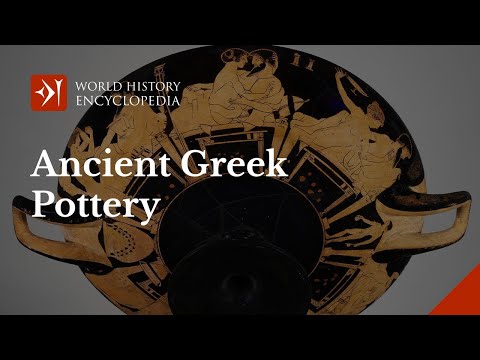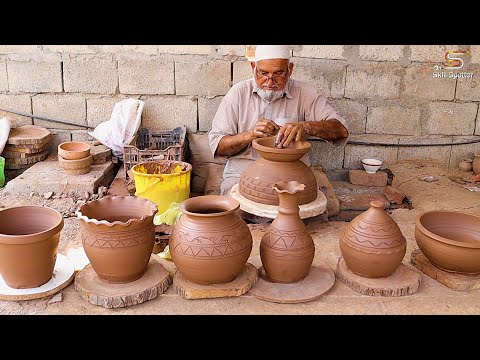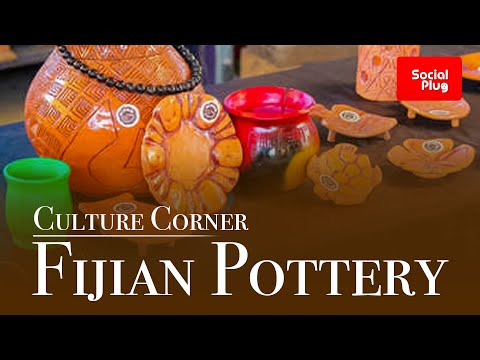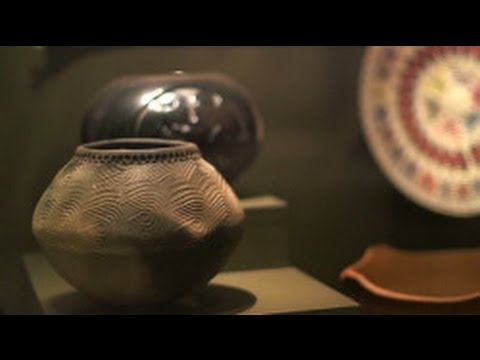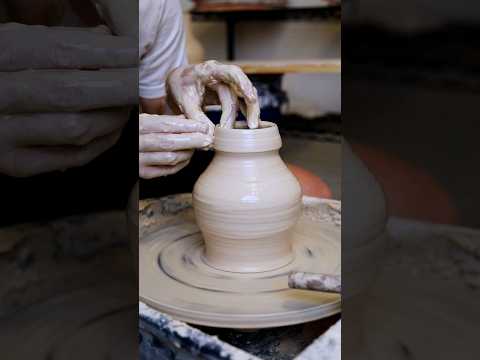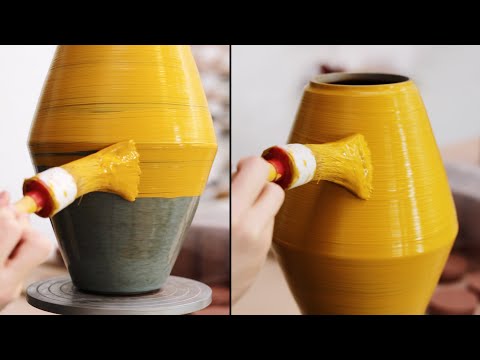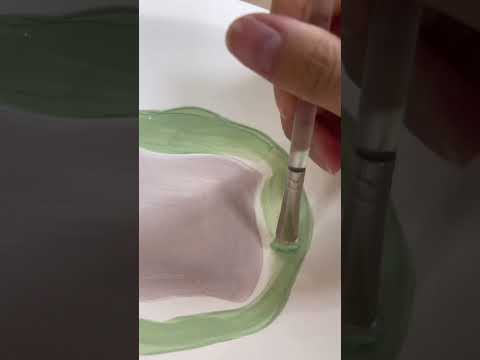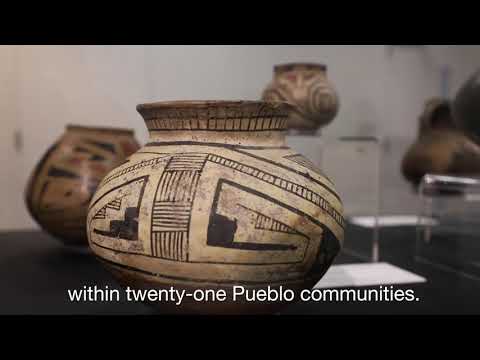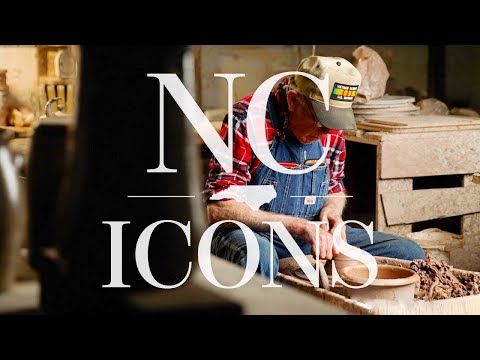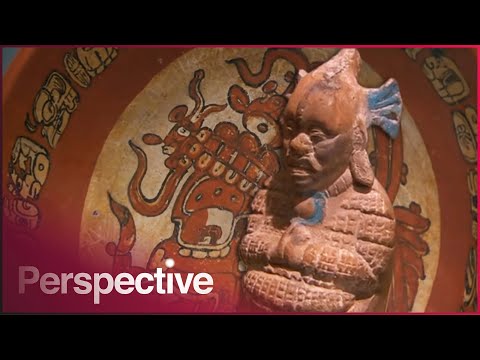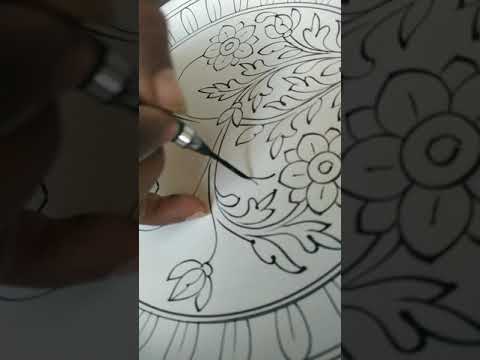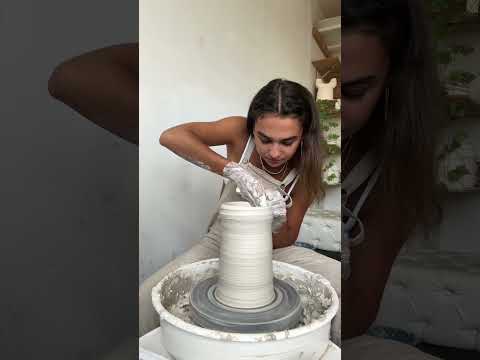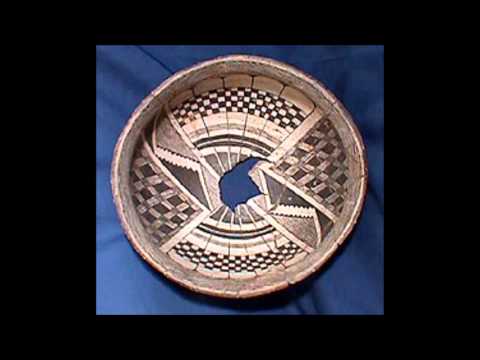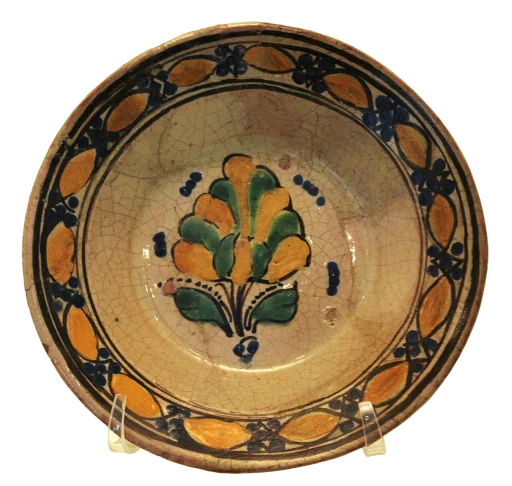
First, let’s talk about Talavera pottery1 from Mexico. You know, it’s not just the vibrant colors that catch your eye, but also the intricate patterns. These designs are deeply rooted in Spanish pottery traditions, but Mexican artisans have added their unique flair over the centuries. I’ve seen modern ceramics that use Talavera patterns in a more minimalistic way, adapting these traditional designs to suit contemporary tastes.
Moving to Native American pottery, especially those incorporating horsehair. This technique is so unique! Artisans burn strands of horsehair into the pottery to create those striking, smoky lines and patterns. It’s a delicate process, but the results are stunning. Modern potters often use this technique to create abstract designs, blending traditional and modern art forms.
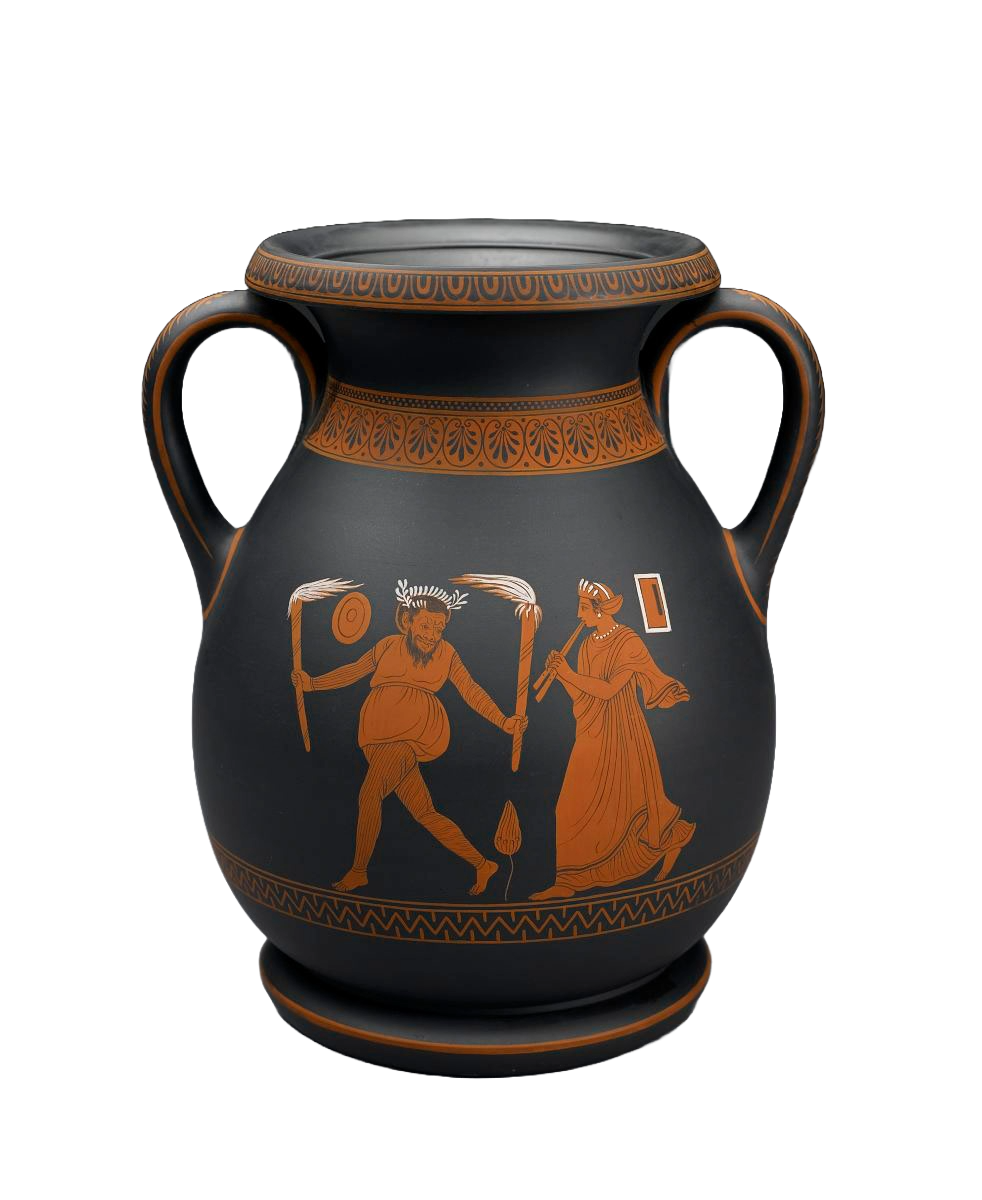
Ancient Greek pottery, ah, those classic black-figure and red-figure designs.2 They depicted scenes from daily life, mythology, and more. Today, these motifs find their way into modern pieces, sometimes in a more abstract form or combined with other artistic styles.
Roman-style pottery, on the other hand, was known for its utility and simplicity. But even here, there were decorative elements like reliefs. Modern ceramics inspired by Roman styles often focus on functionality, clean lines, and a touch of ornamental design.
Fijian pottery is fascinating too. Traditionally, it’s made without a potter’s wheel, shaped by hand, and fired in an open fire. The shapes and the earthy tones you see in Fijian pottery are often replicated in modern ceramics, bringing a rustic charm to them.
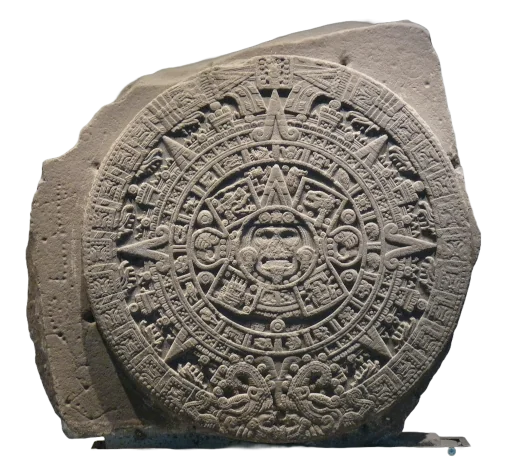
Pre-Columbian pottery from Central and South America3 is another rich source of inspiration. These pieces were often both artistic and symbolic, with strong cultural and religious significance. Modern potters sometimes mimic the bold shapes and symbolic imagery, merging ancient mystique with modern aesthetics.

Jaipur Blue pottery from India,4 famous for its striking blue dye, is another style that’s influenced modern ceramics. The floral patterns and bird motifs are often seen in contemporary designs, but with a twist, like using different color palettes or blending with other cultural styles.
Mimbres pottery from the American Southwest is known for its geometric patterns and figures. Modern potters draw inspiration from these designs, often using them in a more abstract way to create something new yet reminiscent of the past.
Lastly, African pottery, with its incredible diversity across the continent. The use of abstract figures, geometric patterns, and earthy colors is something that modern potters often explore, blending traditional African styles with contemporary forms and techniques.
It’s a beautiful journey, seeing how these ancient styles and techniques continue to evolve and inspire modern-day ceramics, isn’t it? The blend of history and contemporary art in pottery is just mesmerizing.
Footnotes
- By AlejandroLinaresGarcia – Own work, CC BY-SA 4.0, https://commons.wikimedia.org/w/index.php?curid=8327757 ↩︎
- By Sean Pathasema/Birmingham Museum of Art, CC BY 3.0, https://commons.wikimedia.org/w/index.php?curid=18805647 ↩︎
- By El Comandante – Own work, CC BY-SA 3.0, https://commons.wikimedia.org/w/index.php?curid=7631654 ↩︎
- By Neek-Theri – Own work, CC BY-SA 4.0, https://commons.wikimedia.org/w/index.php?curid=128838642 ↩︎



